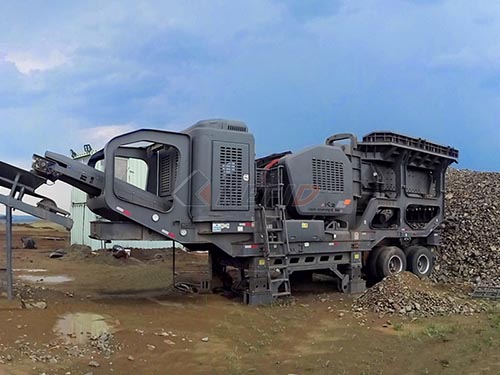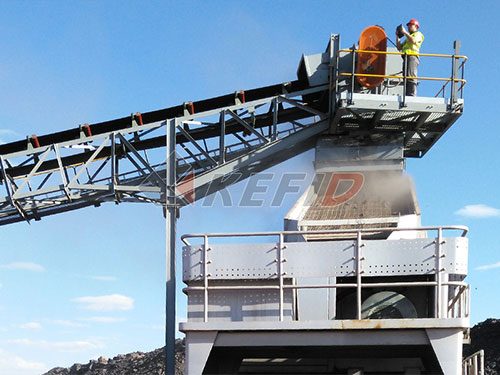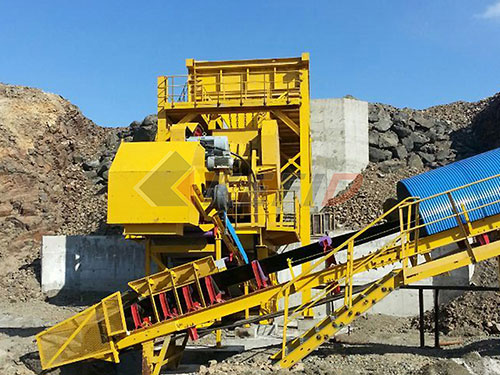The Essential Guide to Crusher Run in Murfreesboro: Building Strong Foundations for Middle Tennessee
In the dynamic landscape of Murfreesboro, Tennessee, where growth and development pulse through Rutherford County, a humble yet indispensable material forms the literal groundwork for countless projects: Crusher Run. More than just gravel, this unassuming blend of crushed stone and stone dust is the bedrock upon which sturdy driveways, stable pathways, reliable road bases, and enduring foundations are built. Understanding its properties, applications, and sourcing within the Murfreesboro area is crucial for homeowners embarking on DIY ventures and contractors managing large-scale developments alike.

Demystifying Crusher Run: What Exactly Is It?
Often referred to as “CR-6,” “Dense Grade Aggregate (DGA),” or simply “crusher run,” this material isn’t a single-sized stone. It’s a carefully graded mixture produced by crushing quarry stone – predominantly limestone in the Murfreesboro area due to its local abundance – directly from a primary crusher. Unlike screened aggregates that separate specific sizes:
1. The Composition: Crusher run contains particles ranging from fine dust (“fines”) up to stones typically around 1 inch in diameter. The fines are integral; they fill the voids between the larger stones.
2. The Binding Power: This is where its magic lies. When compacted properly with heavy machinery like a vibratory plate compactor or roller, these fines act like a natural binder. They lock the larger stones together into an incredibly dense, stable, and almost concrete-like matrix.
3. The Gradation: The specific size distribution can vary slightly between quarries or based on intended use (e.g., base course vs. surface course), but it always retains that critical blend of coarse aggregate and binding fines.
Why Crusher Run Reigns Supreme in Construction
Its popularity across Middle Tennessee construction sites isn’t accidental; it stems from fundamental engineering advantages:

Unparalleled Compaction & Stability: Properly compacted crusher run creates an exceptionally dense surface resistant to shifting and settling under load – essential for supporting vehicles on driveways or heavy structures.
Superior Load-Bearing Capacity: This density translates directly into high load-bearing capacity per square inch compared to loose gravels or sand.
Effective Drainage Facilitator: While forming a solid mass when compacted, the inherent structure still allows water to permeate downwards relatively effectively compared to impervious surfaces like asphalt or concrete slabs without

Leave a Reply